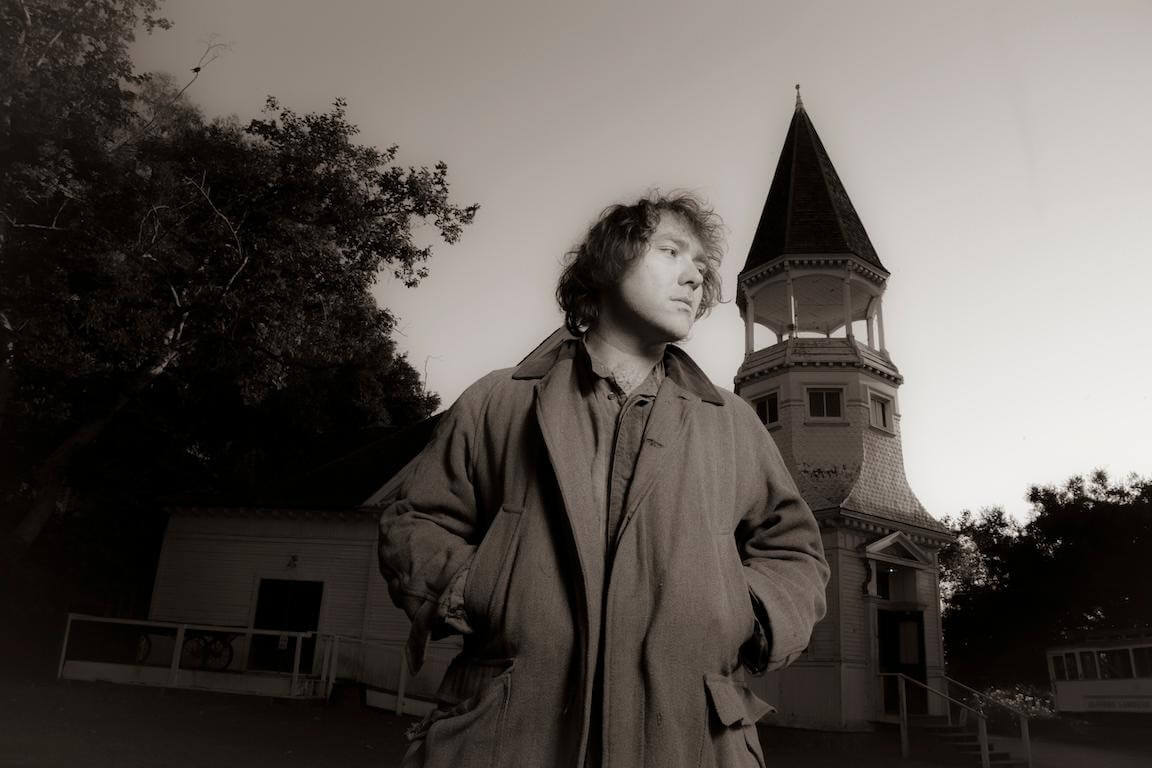Archaeologists find musket balls from early battle of the Revolutionary War
:quality(70)/cloudfront-us-east-1.images.arcpublishing.com/archetype/GZWEKNJRGZHXSOJZKNZWWSTIPF.jpg)
CONCORD, Mass. — Nearly 250 years ago, hundreds of militiamen formed up on a line of Massachusetts hills and began firing a barrage of musket balls at retreating British troops in the first major battle of the Revolutionary War.
The most recent evidence of that firefight is five musket balls unearthed last year near the North Bridge in Minute Man National Historical Park in Concord. Initial analysis of the balls – gray and ranging in size from a pea to a marble – suggests that members of the colonial militia fired them at British forces on April 19, 1775.
RELATED
:quality(70)/cloudfront-us-east-1.images.arcpublishing.com/archetype/XMTDE6AUXBCTDBGSQRSA5LWYUI.jpg)
“When they pulled one of these out of the ground, you immediately thought, ‘Look what I have,'” said Minute Man park ranger and historical weapons specialist Jarrad Fuoss, who was on site the day the musket balls were discovered.
“And of course everyone rushed to them and thought, ‘Oh my God.’ We looked at them and then the excitement grew because it wasn’t just one,” he continued. “And the fact that we found five of them is incredible after all these years.”
Musket balls have previously been found in the 4,000-acre historic park outside Boston that commemorates a series of opening battles of the American Revolution. About a decade ago, about 30 musket balls were found at the site known as Parker’s Revenge, where Lexington’s militia company led by Captain John Parker ambushed British troops. In the early 19th century, Henry David Thoreau walked in the area and found some musket balls from what is believed to have been the Battle of North Bridge.
The latest discoveries are the largest yet from that battle, when militia leaders ordered their men to fire on government troops. This event escalated the conflict and was later referred to by Ralph Waldo Emerson in his 1837 “Concord Hymn” as “the shot that went round the world.”
About 800 British soldiers had begun the day marching from Boston to Concord to destroy military supplies they believed the colony’s rebels had gathered there. The march ended with an eight-hour battle that stretched to Boston’s Charlestown neighborhood – 16 miles (26 kilometers) long, and left 273 British soldiers and 96 militiamen dead or wounded.
This prompted the militia to lay siege to Boston for eleven months, culminating in the Battle of Bunker Hill in June 1775, one of the bloodiest battles of the American Revolution.
“Everything changes here in an instant, because this moment is betrayal. There is no turning back,” said Fuoss. “To be able to pull something like this out of the ground and know that we are the first to touch it since someone else rammed it down the muzzle of their gun 250 years ago is one of those things that sends a shiver down your whole body.”
Joel Bohy, who was also at the site and is researching bullet holes and bullet-hit objects from that day for a book, said the discovery helps “confirm the historical record and also determine the types of weapons carried by the province’s minute and militia companies that day.”
“The caliber of the balls and the way they were viewed, the general location and the context of the place made the hairs on the back of my neck stand up,” Bohy said, adding that he had been “fascinated by April 19 and material culture since I was seven years old – 51 years ago. So for me it was a great day.”
The war continued for seven years after the first shots were fired, even beyond the adoption of the Declaration of Independence on July 4, 1776.
Nikki Walsh, the park’s museum curator, also said there was a lot to learn from the lead-cast musket balls. Because of their varying sizes, Walsh said, archaeologists concluded they came from the militia. These men brought their own weapons and ammunition to fight, with some imported and others captured or purchased by the city or province from British or Dutch traders, according to the National Park Service. On the other hand, the British had standardized all of their ammunition.
And the fact that the musket balls were intact suggests that the fighters probably missed their target.
“Because the lead is so malleable, you can see marks on them that indicate whether they were fired or not, and whether they were dropped,” she said. “If they had been fired and hit something, they probably would have been squashed like a pancake.”
The musket balls have sparked a lot of interest among history buffs and tourists, with about 800 tourists traveling to the park’s visitor center over the weekend to get a first look. The interest has also prompted the National Park Service to keep the exact location of the find secret in hopes of deterring treasure hunters with metal detectors from showing up looking for more artifacts.
They are prepared to reveal the approximate location: a field just beyond a wooden bridge over the Concord River and just behind two memorials – a 25-foot-tall stone obelisk commemorating the 50th anniversary of the Battle of North Bridge and the Minute Man statue erected to commemorate its 100th anniversary. Nearby, a smaller marker with British flags marks where the first two British soldiers died in that battle.
Among those who recently checked out the site was Jennifer Ayvaz, who came to the park with her husband, Tim, and their two children after her father heard about the discovery of the musket balls. As they passed Walsh, she offered to show the family the musket balls. The family opened a small box, took photos and moved closer to get a better look at the balls lined up.
“It’s incredible,” said Jennifer Ayvaz, who was from Castle Rock, Colorado, adding that her father would love to see the musket balls. “I wish he could be here with us. It’s very beautiful. He’s a huge history buff and he’s kind of living vicariously through us.”



